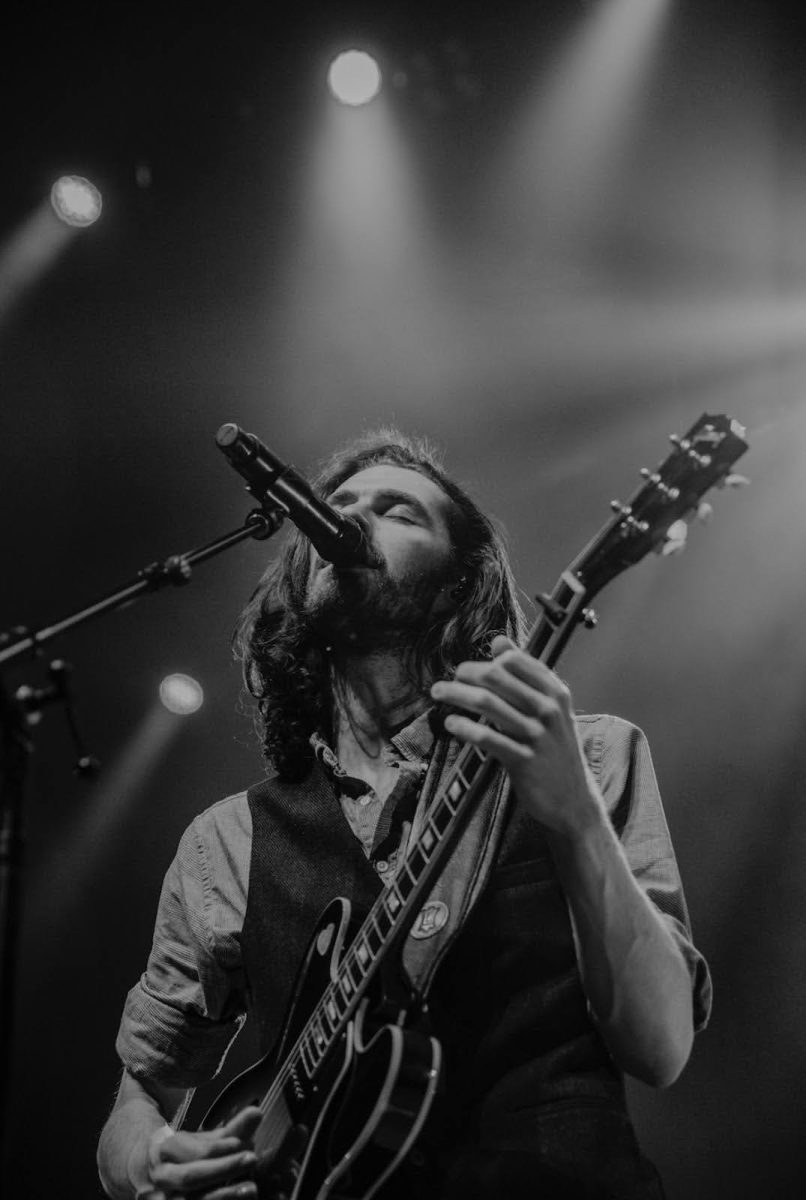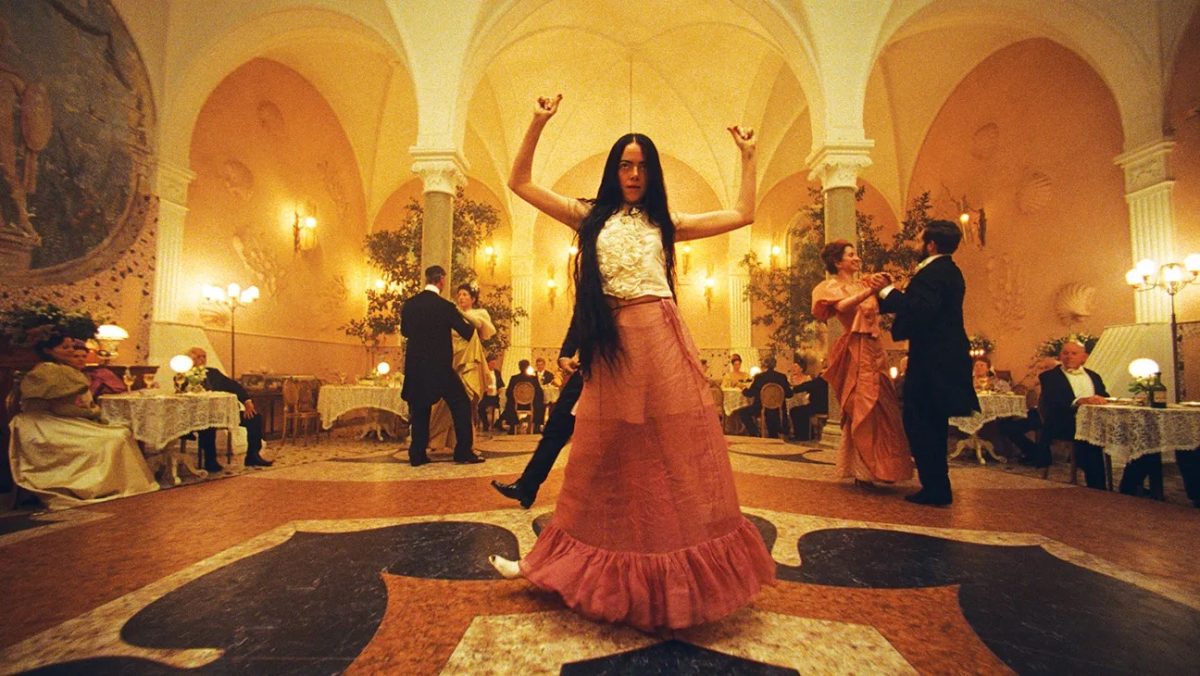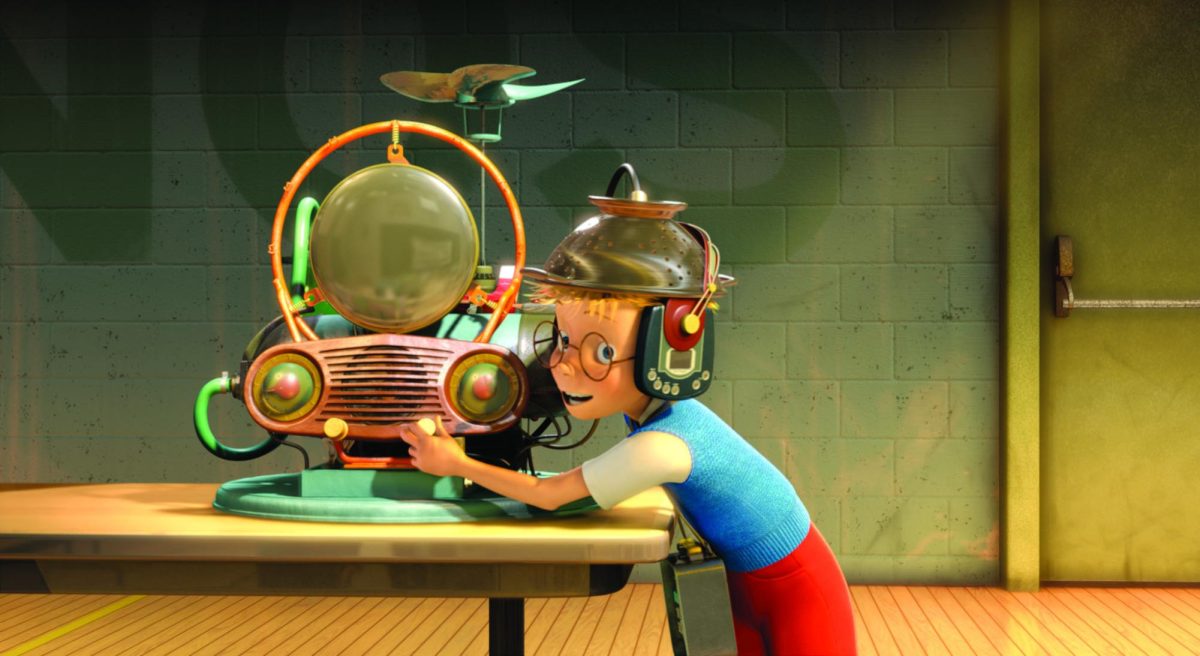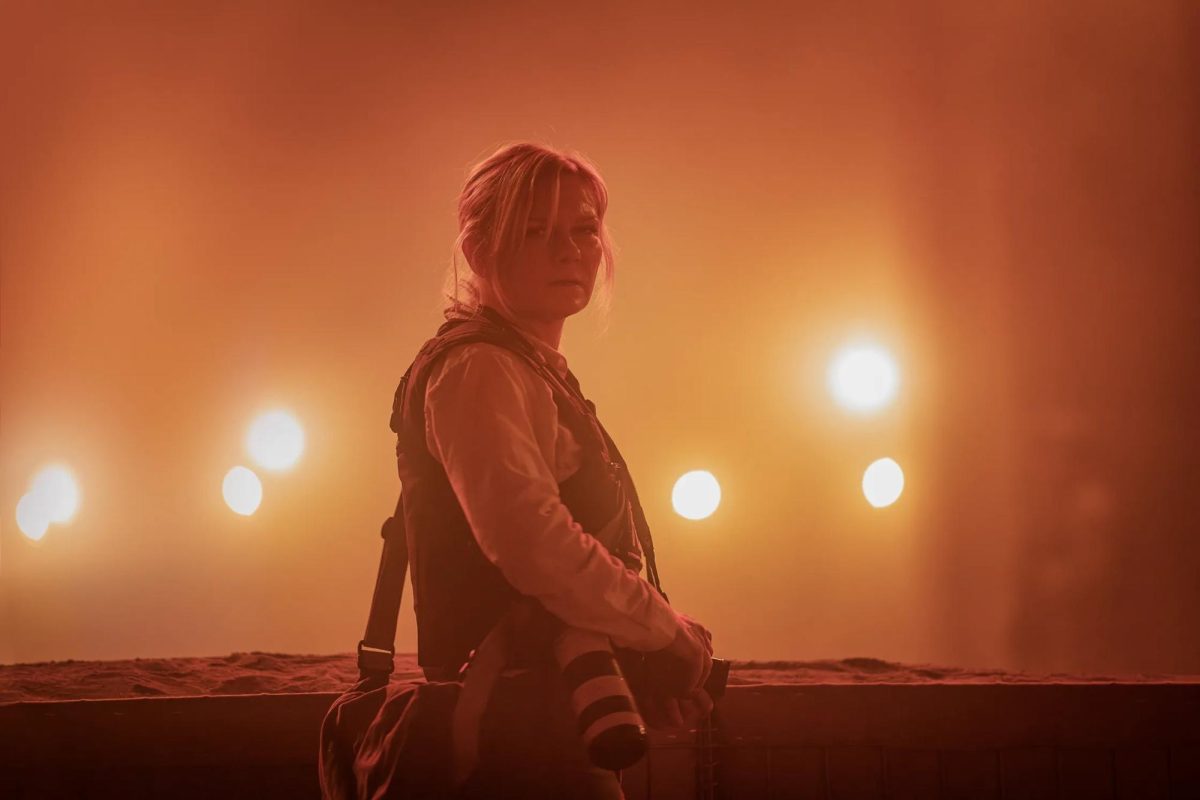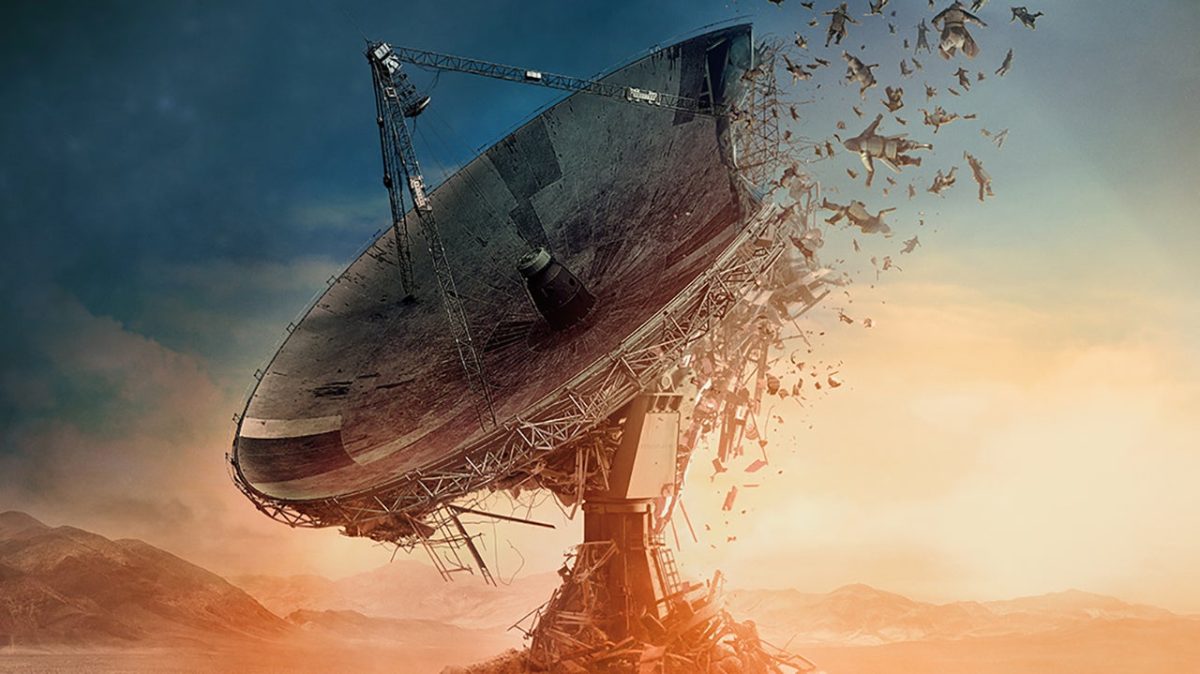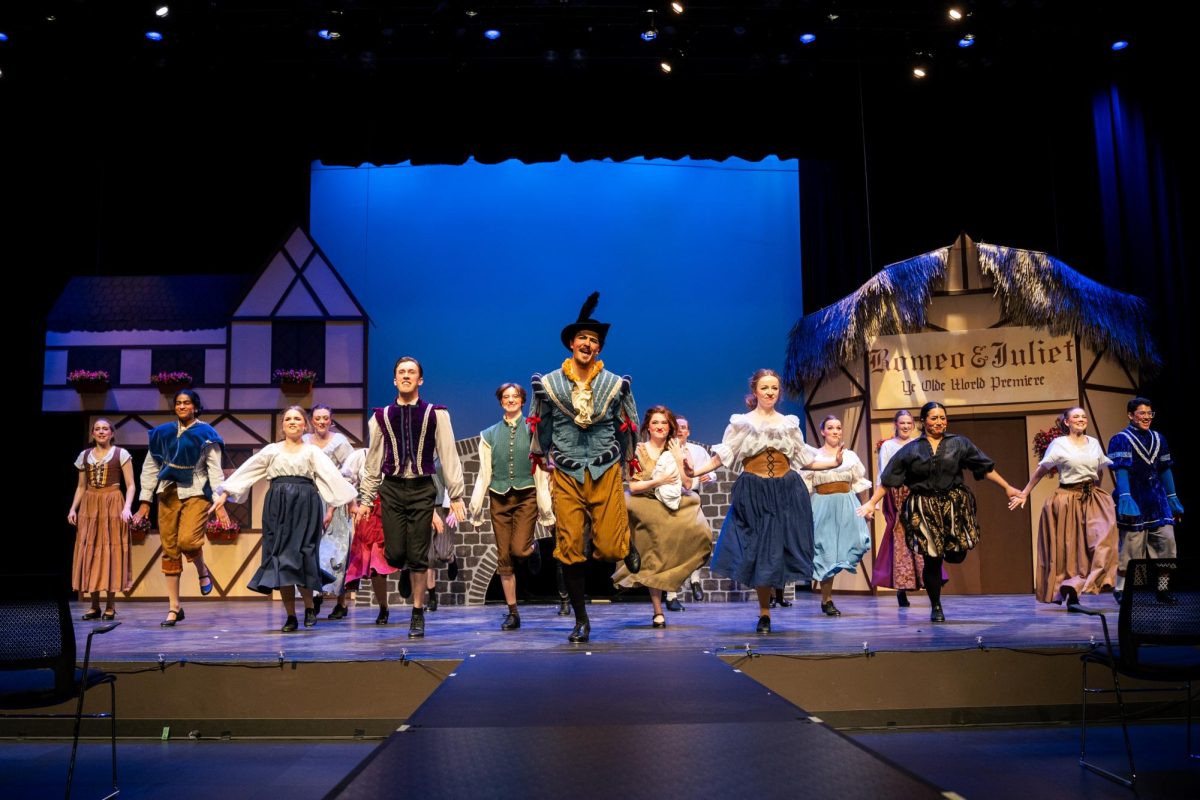Shannon Kawika Phelps, better known as Kawika (Ka-vee-ka) Sensei to his ninjitsu students, is someone you cannot help writing about in the first person. His presence affects you, causes you to look back at yourself, which is eerily disturbing, to say the least.
The course of the interview was a mental Rubix Cube for me as I tried to decipher and pinpoint what this man was all about. Journalists like to go with their first instincts; a product of their insight and stubbornness. The trouble was, there was no initial “”feeling,”” no urge to think “”car salesman”” or “”professional badass.”” Yet there was something there, something being offered. I felt as though I was either getting suckered by a mastermind grifter or I was in store for an extremely rare and surreal moment.
As the photographer and I entered his dojo, anonymously located in the midst of an industrial park, we were greeted by his wife, Theodora, kindly smiling and waving us over. We sat on a small wooden bench, facing what appeared to be a shrine. It was decorated with a Tibetan rug that was blessed by two Dali Lamas, a ceremonial Tengu mask and a brass gong hundreds of years old. I did a quick scan of his biography and remembered there was no such thing as a “”quick”” look into such a nefarious life, to use his own word.
Phelps was orphaned at birth and spent his childhood bouncing from foster home to foster home. He eventually settled in Hawaii and was taken in as a ward by a village of assorted Chinese, Japanese and native Hawaiians. They became his surrogate parents and helped him survive childhood polio at the age of 4.
“”The Hawaiians would massage me with their Lomi Lomi massage,”” Phelps said. “”Uncle David would show me some of his private arts, and the Japanese would massage me with their martial arts, and then the Chinese taught me Tai Chi and Qi Gong practices.””
It was here that Phelps began his journey with the martial arts.
“”Back then, all the kids in the village wanted to be American and eat French fries, and ran away from their culture,”” Phelps said. “”But I was a strange kid, and I was a captive audience. So I listened to the elders. I didn’t have any friends my own age. They began to teach me what they couldn’t teach their own grandchildren.””
And by default, the orphaned Phelps had become a martial artist.
Not only did such training condition his body, he began to think in the traditional sense of his elders. This caused greater alienation between Phelps and the world at hand, as he bore the face of a “”howa”” (Caucasian), but brandished an Eastern soul.
“”I looked like them, but I didn’t think like them,”” he said.
Phelps developed his martial arts training in its most practical form in the Vietnam War as a special forces operative. He then spent the next seven years both as an enlisted soldier and an officer in the elite Navy SEALs. Phelps then became an officer for the UN peacekeeping forces in the Golan Heights, Syria and Southern Lebanon, later working as a case officer for the CIA’s counter-terrorist task force. Not only did his training mentally discipline him to handle the general rigors of military life, it prepared him for actual life-and-death scenarios.
“”There were times when you’d be alone and all you knew was that you were surrounded by enemies,”” Phelps said. “”My martial arts training gave me that edge — to feel my enemies without seeing them.””
Along with combat, the arts had given him the meditative resources to calm himself, or to be as calm as the target of bullets and brimstone could possibly be.
Like other Vietnam veterans, Phelps was not treated to a warm homecoming.
“”They weren’t very nice when we arrived,”” Phelps said, “”calling us names while all we could think of was, ‘Where were you while our buddies’ heads were getting blown off?’ So I said, ‘The heck with that,’ and went back to where I was happier: in Asia. Specifically, I went to Hong Kong to find a gung fu master.””
While in Hong Kong, Phelps was introduced to Dr. Chin, who knew of a Buddhist monastery in the Northern territories of China that was open to teaching Westerners. A letter of recommendation was written and Phelps waited outside the monastery for six days, until he was invited in on the seventh day.
“”They took me in and lead me to this small altar,”” he said. “”After some chatting [Phelps became fluent in Mandarin Chinese while in China], they offered me a cup of tea. I was told earlier that I should offer the first cup to the altar. If they offered me a second cup, it would mean my acceptance into the monastery.
“”If another cup wasn’t offered, the person was expected to make up an excuse and leave the monastery — that way, no face was lost,”” he said.
Phelps was offered a second cup and was allowed into the monastery as a student, where he became a pupil under Wen Shih, master of the “”Dai Lao Hu Gung Fu,”” or “”Grand Tiger System.”” The Grand Tiger is the symbol of the West in ancient Chinese cosmology. Feared and revered by Buddhists and Taoists alike, the Grand Tiger is a sentinel, protecting innocent beings from “”Evil’s winds.”” His time in the monastery not only taught him the physical forms of the art, but the intrinsic, esoteric value as well, something that has been lost with Western commercialization.
Phelps returned to the United States, where he decided to pursue his academic interests, receiving a bachelor’s degree in Chinese philosophy from Stanford University. He received his master’s degree in comparative religion from Harvard University, where his theological studies were under renowned professors Richard Reinhold and John Carmen. Phelps also studied at the Harvard Yenching Institute of East Asian Studies with Chinese philosopher Tu Weiming. He concluded his academic endeavors with a master’s of divinity from Yale Divinity School and was ordained as an Episcopal priest in 1993, serving in the Episcopal Diocese of San Diego. Yes — he’s also a priest.
“”People have a hard time relating why someone devoted to martial arts would pursue religion in such a manner,”” Phelps said. “”I have a hard time understanding why they can’t see the similarities.””
During his stay at Stanford, Phelps continued his martial arts training under Mark Saito. Shorinjin Ryu Saito Ninjitsu is a Japanese family martial art that emphasizes discipline and anonymity. He is one of only three people who hold the rank of 10th-degree black belt in Saito Ninjitsu. He is the only non-Saito through the martial art’s illustrious 1,000-year history to be granted the rank of Saito Ninjitsu Master.
Along with his mastery of Saito Ninjitsu, Phelps became an authorized instructor of the Fu family Wudang arts in China. Privately tutored under Bo Sim Mark, founder of the Chinese Wushu Research Center, Phelps is the only person authorized to teach the art in the United States.
What resulted after a lifetime of training and searching for the martial way, whatever that may be, Phelps integrated his training into his own unique martial style. Wu Shan Fa, or “”Five Mountains,”” is a system that utilizes elements from Dai Lao Hu Gung Fu, Wu Dang Ssu, Shorinjin Ryu Saito Ninjitsu and Hawaiian Lua. Each one of these arts is taught on its own in style and discipline, yet each is infused with one another in such a way as to make a greater comprehensive system.
Master Phelps subsequently named his dojo the Temple of the Full Autumn Moon after the same monastery in which learned the Dai Lao Hu Gung Fu. After five years, his first crop of black belts is finally emerging. Of course, in the martial arts community, receiving a black belt is just the beginning.
Part two of this feature will include the actual interview, as well as the master’s personal thoughts on defining the martial arts and their role in the future.
For more information on the Temple of the Full Autumn Moon, visit http://tfam.com


